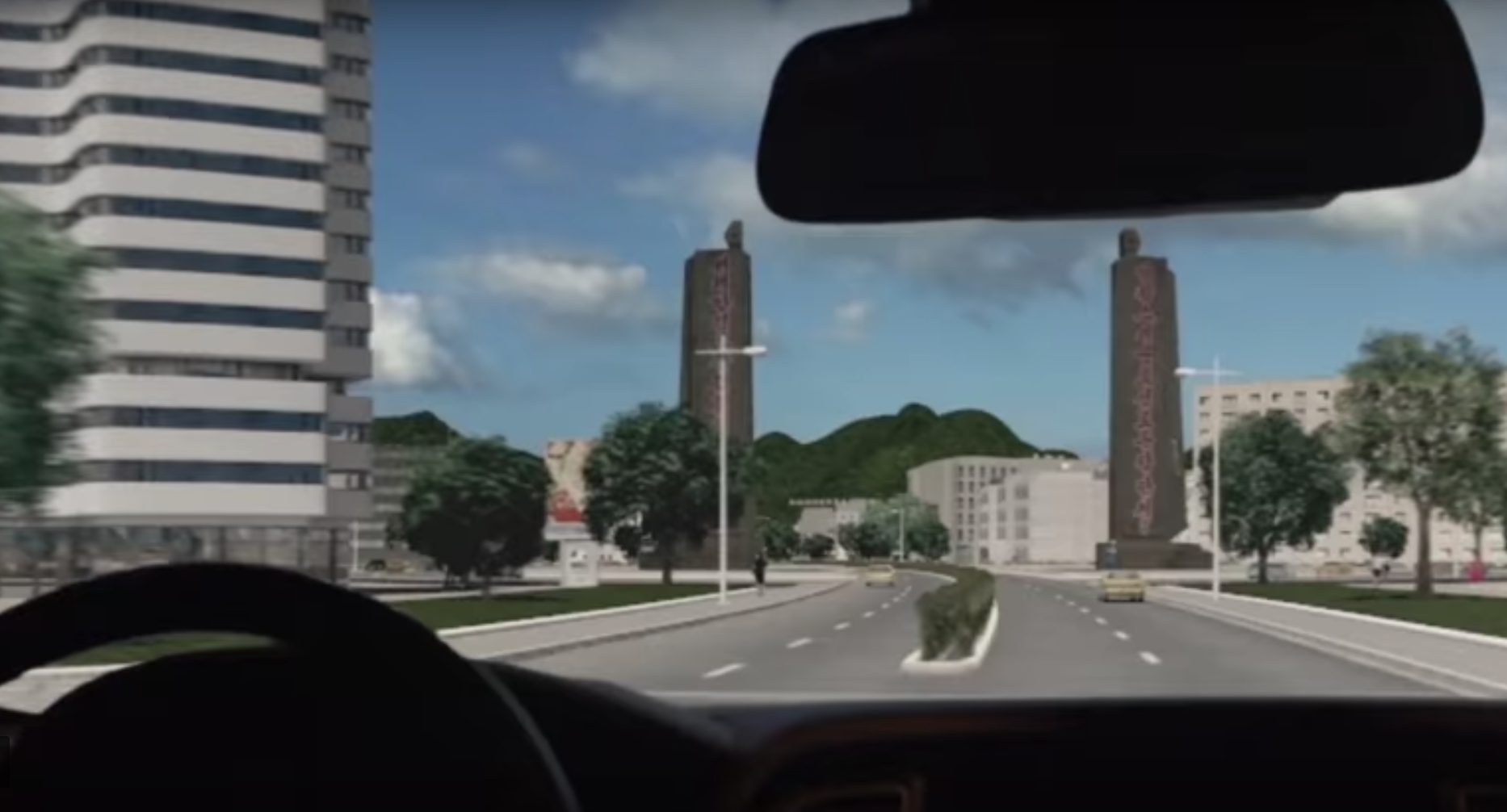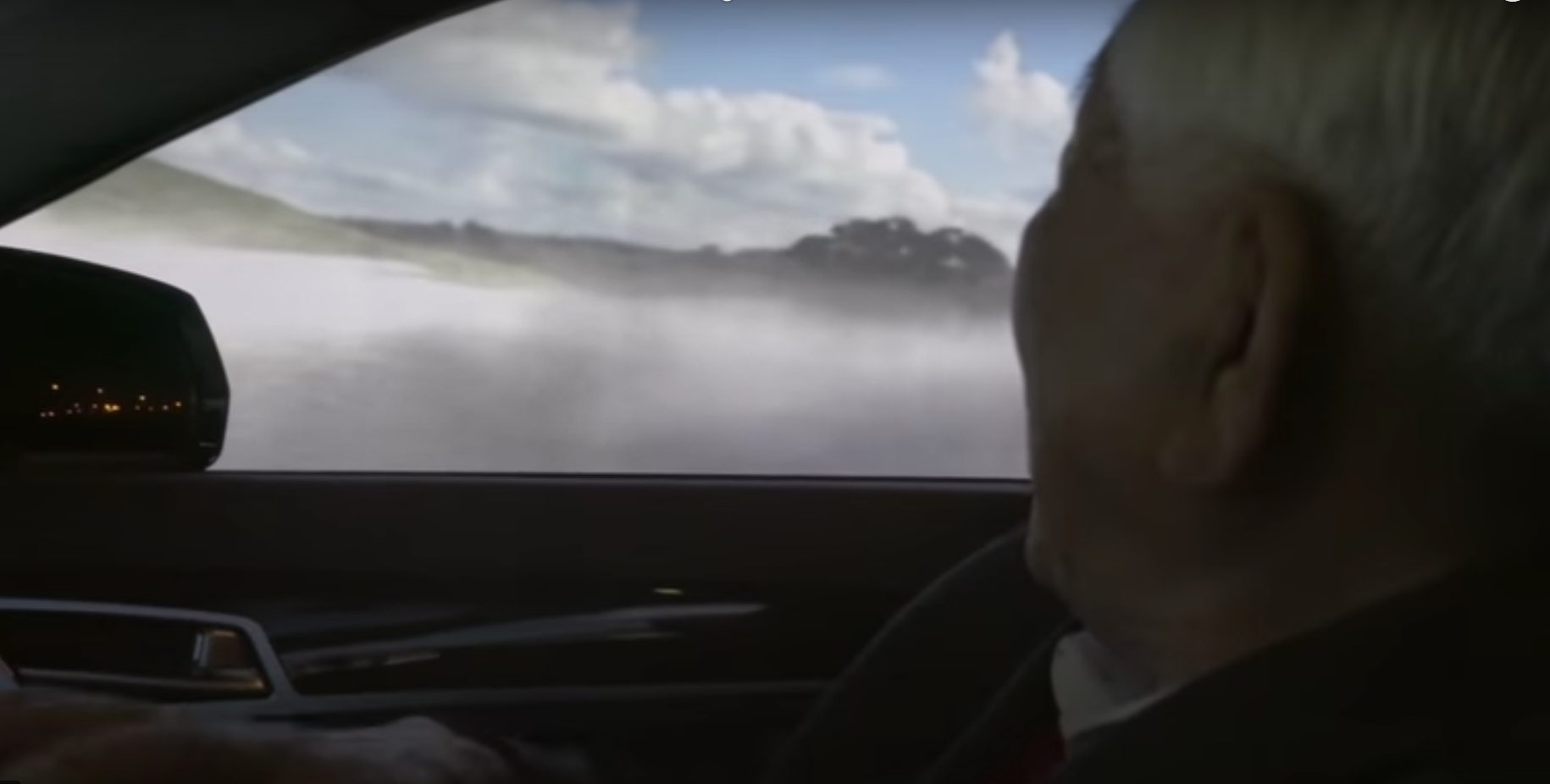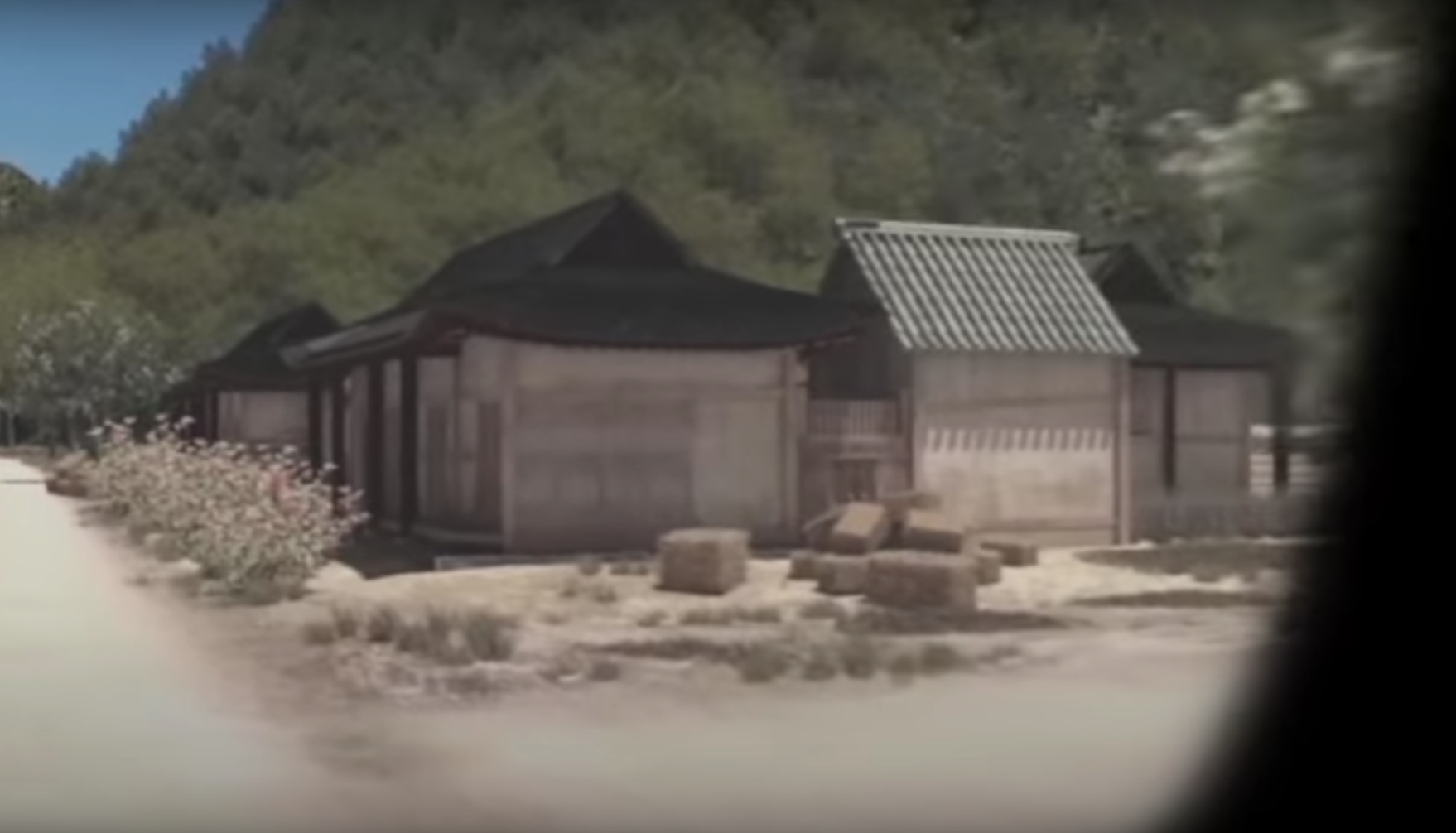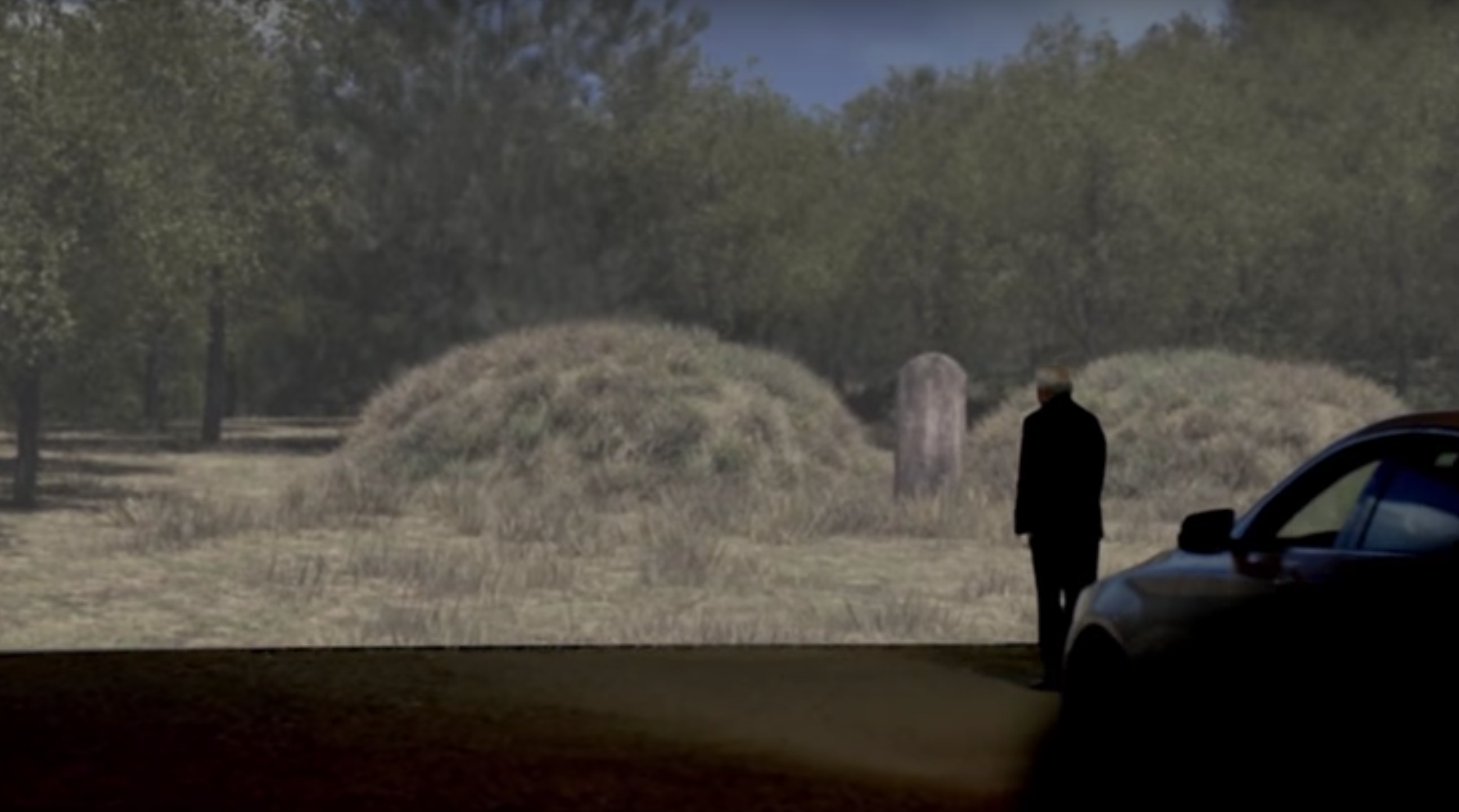Hyundai Motor Group
GOING HOME
A virtual visit to the hometown of the displaced North Korean man
Work type: Professional work / Group work
Client: Hyundai Motor Group
Agency: Playground
Year: November 2015
My position: Associated creative director (Copy)
My role: Concept and story creation, research, copywriting, execution directing with a creative director, online promotion creation, PR
Media: VR, TV, Youtube, Website
VR / Advertising campaign in South Korea
A virtual reality lets a displaced North Korean man go 'home' in North Korea.
My role
Held the position of an associate creative director with responsibility for all copywork.
Managed the entire campaign process including ideation, concept development, developing stories, and shooting, in collaboration with both the internal team and a production agency.
Authored copy for the video and all press releases.
Took the lead in a digital promotion, coordinating with a third-party agency for execution.
Conducted the client-facing presentation decks.
Problem / Our mission
The bigger problem lies in the fact that the first generation displaced people are aged and there are not that many of them left. In 2015, only 51% of them were still living, and 81.4% of them were over 70. Most of them pass away before they see their family, not to mention Korean Reunification.
The Reunification therefore is not only a dream, but also a mission of Korea. But not all South Koreans hope for reunification. Many worry about what reuniting with North Korea would do to their bank accounts, just as West Germany assumed economic burdens after the unification of Germany. There is a widespread of apathy and ignorance on reunification among the young population in particular. About 65.3% of them think it is unnecessary. Thus, before reunification actually takes place, we need to minimize the sense of resistance against reunification the young people harbor. We should help them form an emotional connection with the idea of reunification so that they will conceive it as a necessary action.
Brand legacy of HYUNDAI MOTOR GROUP
In 1998, Founder of Hyundai Ju-yung Chung sent 500 cattle across the DMZ as a gift for starving North Koreans. To this day, this act of kindness not only remains a legacy of the brand but also a notable event for political relations of the North and South.
Idea
In line with this legacy, we produced a campaign ad that would raise awareness on reunification and emphasize its necessity to the young generation. It only takes 3 hours to travel from Seoul to the Southern-most region of Busan, but too many displaced people in South Korea spend the rest of their lives unable to go to their hometown in the North that is within a closer distance. Through this project, we wanted the young generation to know the importance of reunification by granting the displaced people's simple but seemingly impossible wish and sharing their pain. We used Hyundai Motor vehicles as a channel that surpasses time and place to connect the displaced people with their hometown in the North.
Concept
'Going Home'
A project for the displaced man who is unable to return to his home in North Korea
Strategy
Offering a virtual-reality experience that attempts to recreate the hometown of one displaced person.
1) Storytelling: Choose one displaced person and turn his story into a film
2) Empathy: Raise awareness of reunification by empathizing with him
3) CSV(Creating Shared Value): Create a shared value with Hyundai Motor Group technology
4) YouTube: Create a viral video instead of a TV commercial to reach young people
What has been used
1) Vworld(Spatial Information Open Platform): Offered a 3D true-to-life experience
2) Interview & Illustration: Recreated his virtual hometown
3) HMI (Human Machine Interface) Simulation Technology of Hyundai Motor Group; offered a realistic driving experience
PROCESS
STEP 1. RESTORING HOMETOWN
Among many displaced elderly who are unlikely to witness Korean Reunification, we selected Gu-Hyeon Kim (88) as our guest for the project. He came to the South at age 20 but still remembered his address in the North.
The campaign started with a 3D restoration of Kim's hometown which doesn't exist anymore. Through Vworld, we learned that only the site of his old house remained. To accurately restore the virtual hometown, the team and I recreated the town over 2 months based on his interviews and memories.
STEP 2. CREATING THE NORTH IN 3D
The core device we used to recreate the North hometown was the 3D restoration technology using Vworld(www.vworld.kr). Vworld is a spatial data information platform by Ministry of Land, Transport and Maritime Affairs that provides the most accurate 3D map of North Korean geography as of date. Based on the information we collected from Vworld, we were able to recreate the hometown in the North.
STEP 3.ADDING TO HYUNDAI MOTOR GROUP’S TECHNOLOGY
Hyundai Central Research Institute's HMI (Human Machine Interface) Simulation Technology and Navigation System offered realistic driving experience. Ergonomics-based next-generation technology is used to develop device to upgrade driver safety and convenience. In this campaign, the technology was applied to make Kim's virtual visit more realistic and convenient.
STEP 4. ADDITIONAL EFFORTS
Korean folk song “Spring in My Hometown” was played by North Korean defector and pianist Chul-Woong Kim. Also, many displaced people visit Imjingak - the closest region in the South to North Korea - on traditional holidays to bow to their parents or ancestors in the North. We recreated a 3D grave of Kim's parents since he was unable to bow to his parents during the holidays.
STEP 5. THE DAY OF VIRTUAL VISIT
Virtual visit to North Korea was a surprise for Kim. On November 5th, 2015, the day of virtual visit, Kim was driven from his home to Imjingak in Hyundai Genesis. The visit began when the car stopped in front of a 93x20 feet semi-spherical screen. When we entered his North Korean home address in the navigation system, the screen showed his journey to Korea, starting from the Inter-Korean Transit Office to his hometown in North Pyongan Province, passing Kaesong and the capital city of Pyongyang.
His hometown landscapes, including streets, pedestrians, traffic cops, billboards, wet fogs, and wild flowers were restored in 3D. Throughout his virtual hometown visit, he was amazed and touched from beginning to end.
Result
Over 11 million views only in Youtube
Approximately 513 presses released
4 broadcasting reported on TV news ( Results as of January 14, 2016)
Although technology was a big part of making the ‘Going Home’ campaign possible, a heartwarming empathy and human touch was what completed this project. One of the reasons so many people viewed and responded to this campaign was the underlying idea of ‘human-computer interaction.'
























